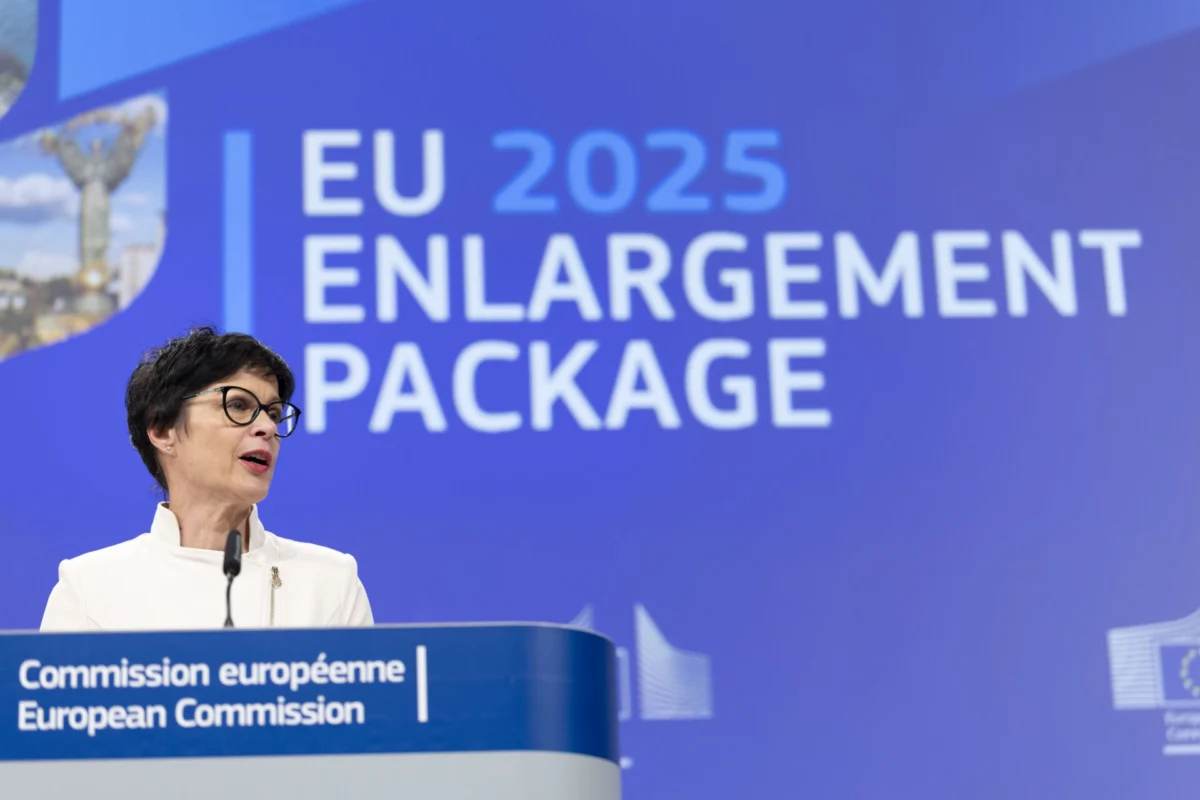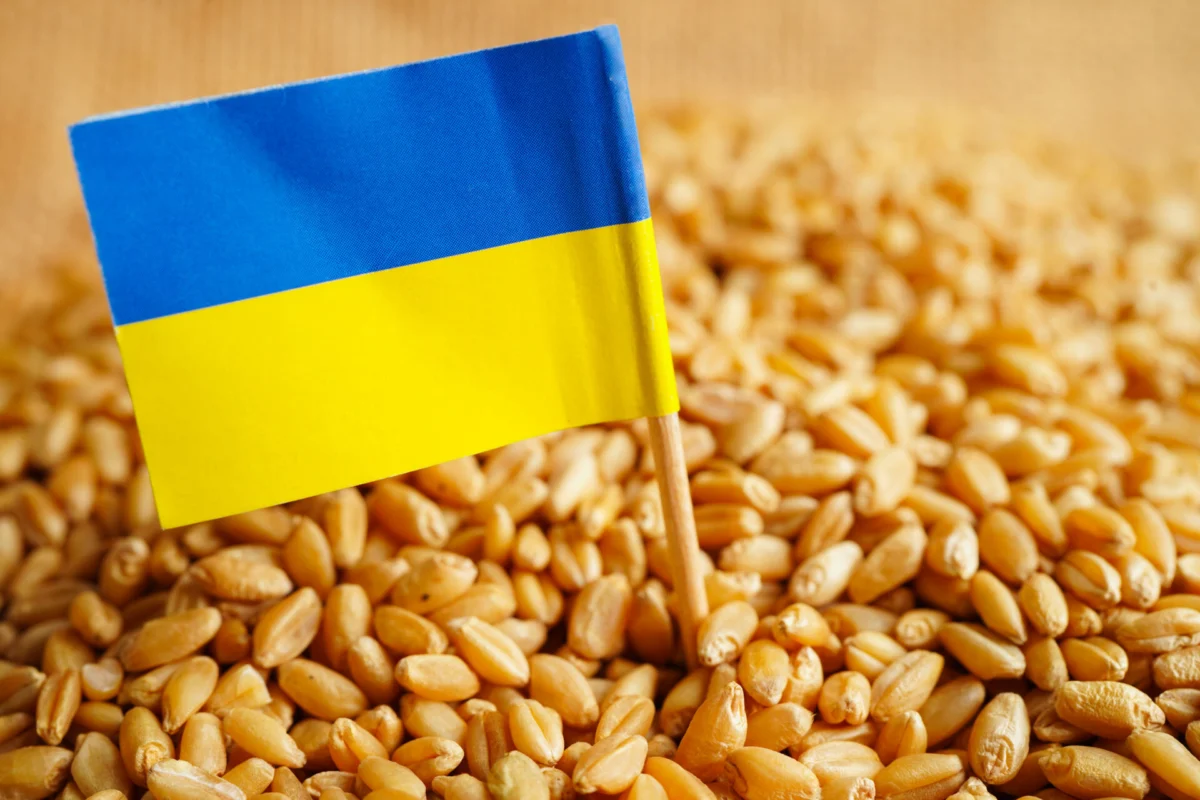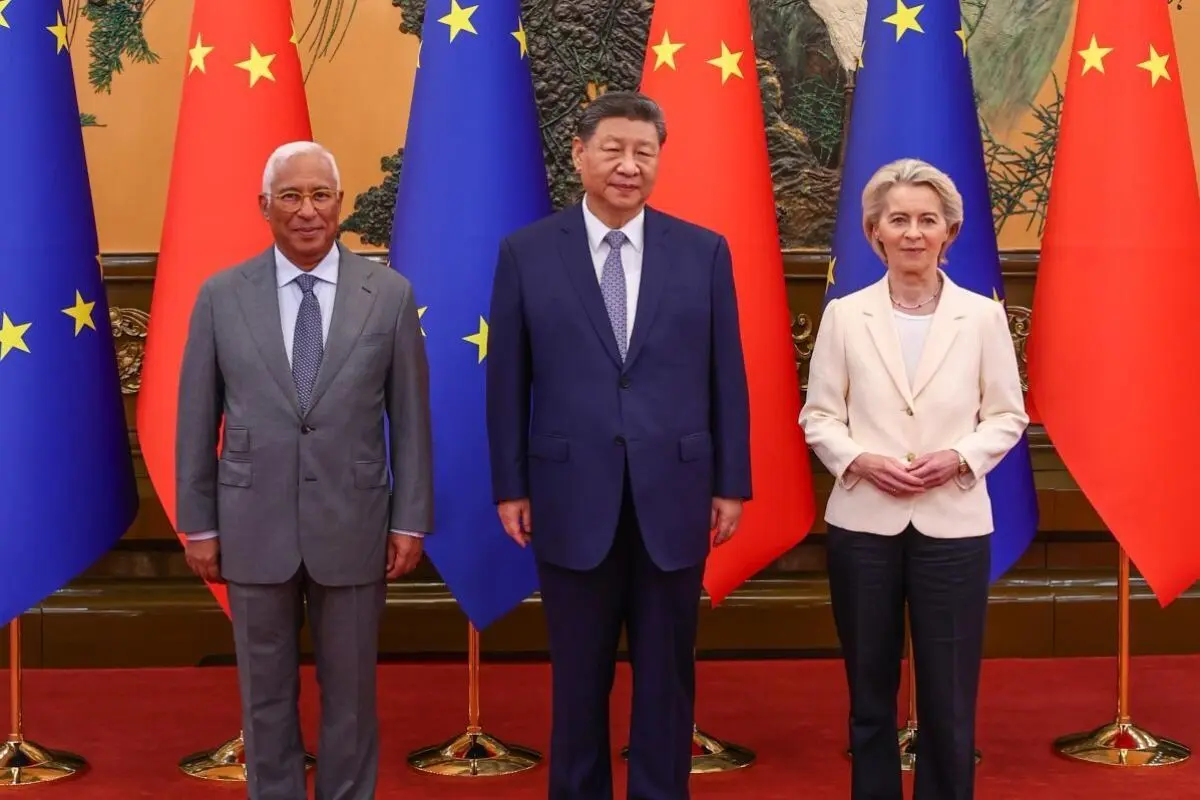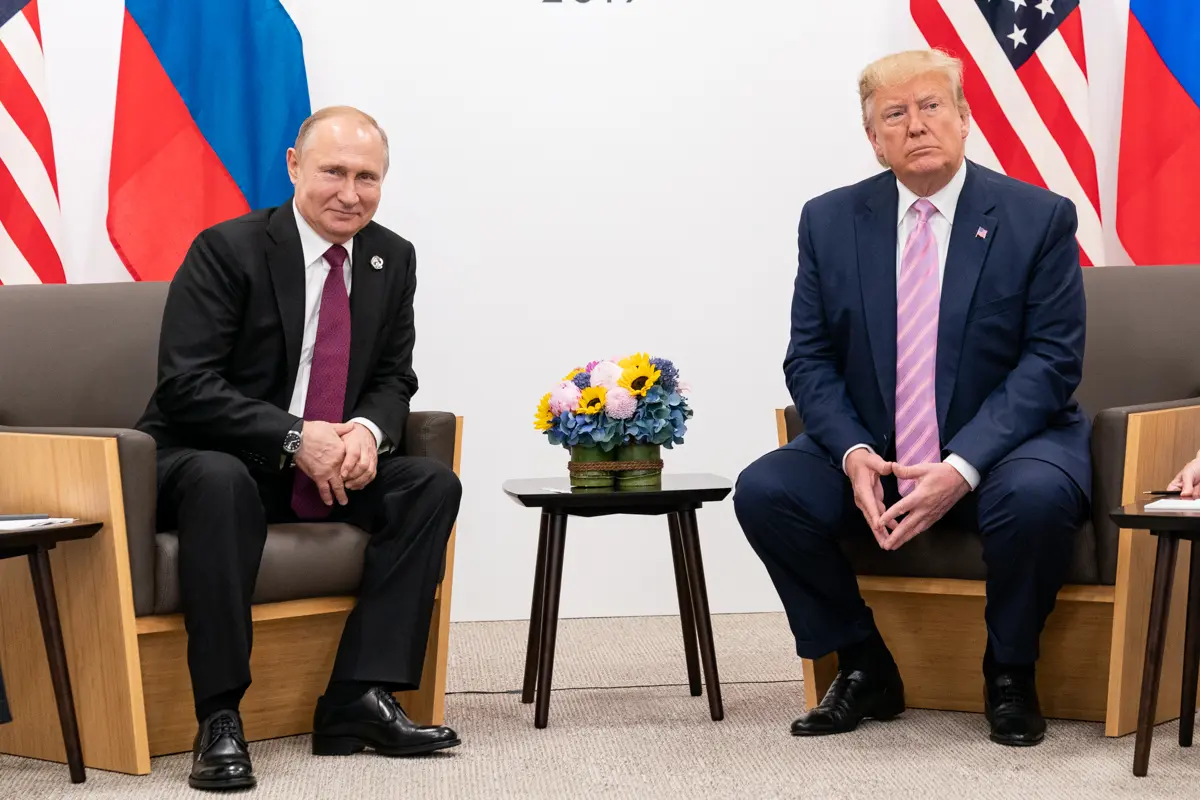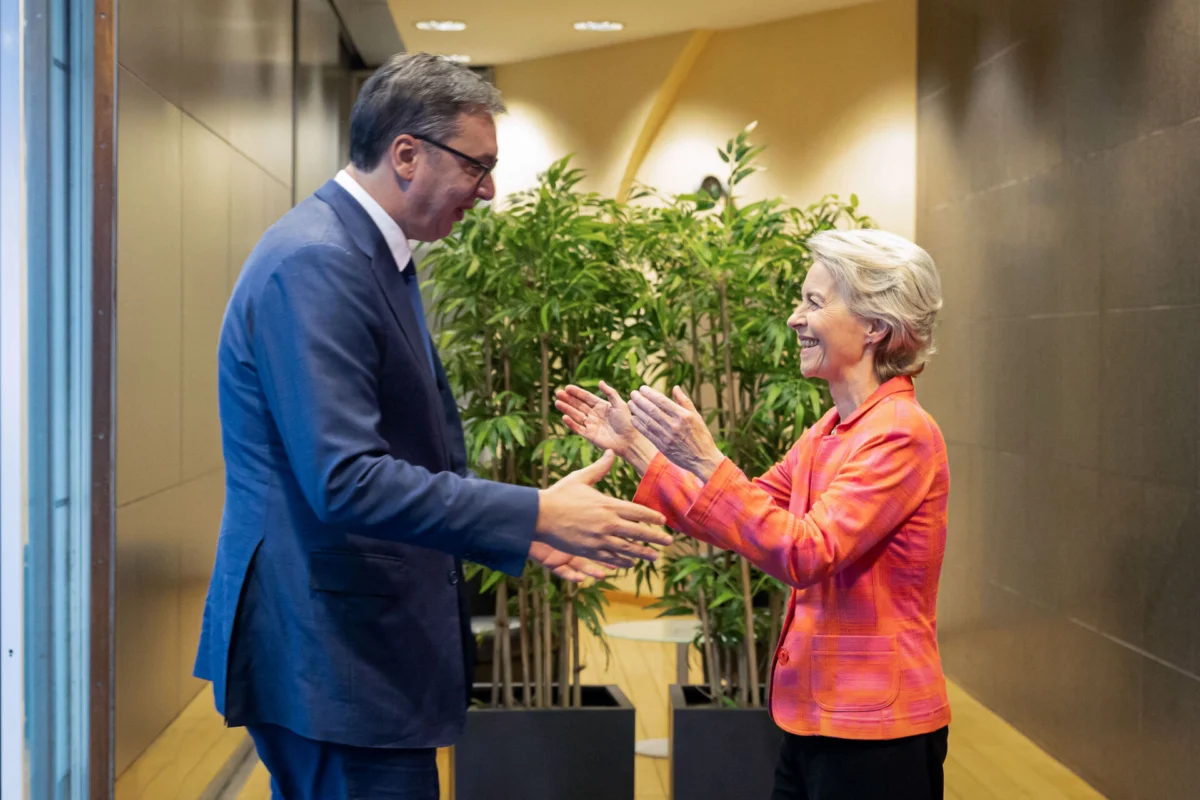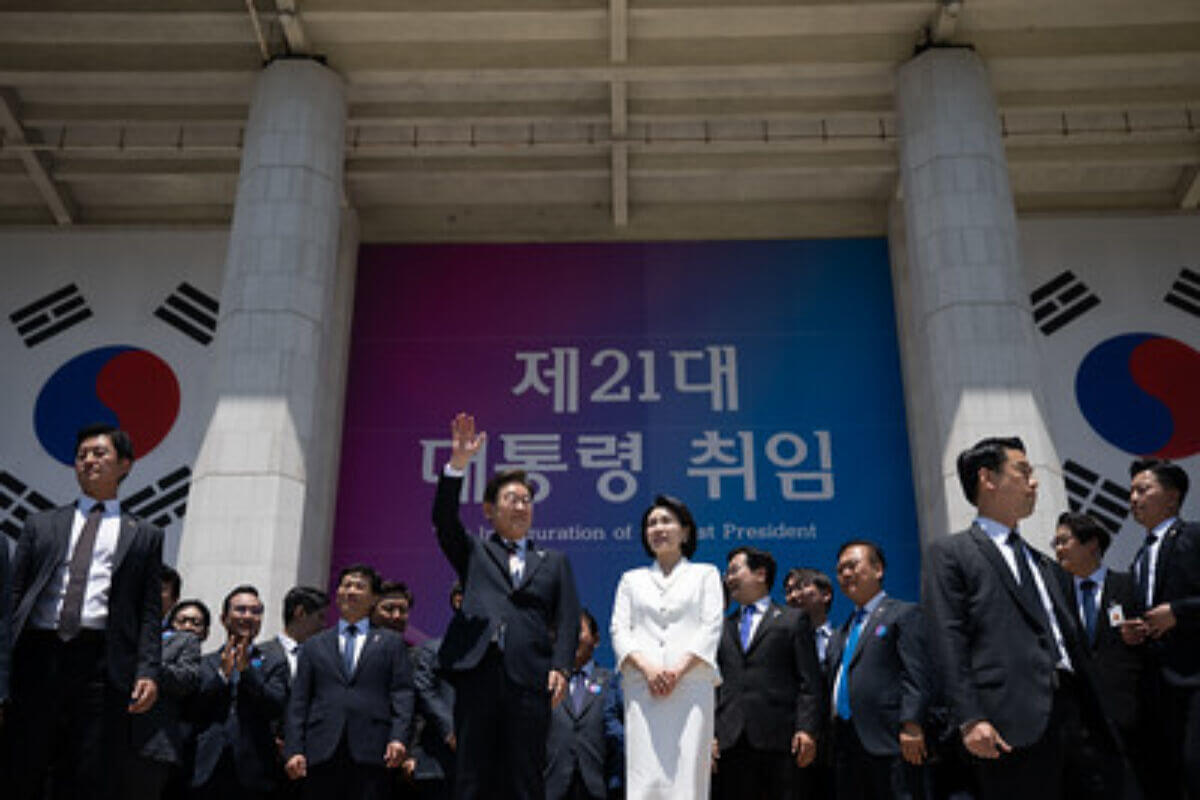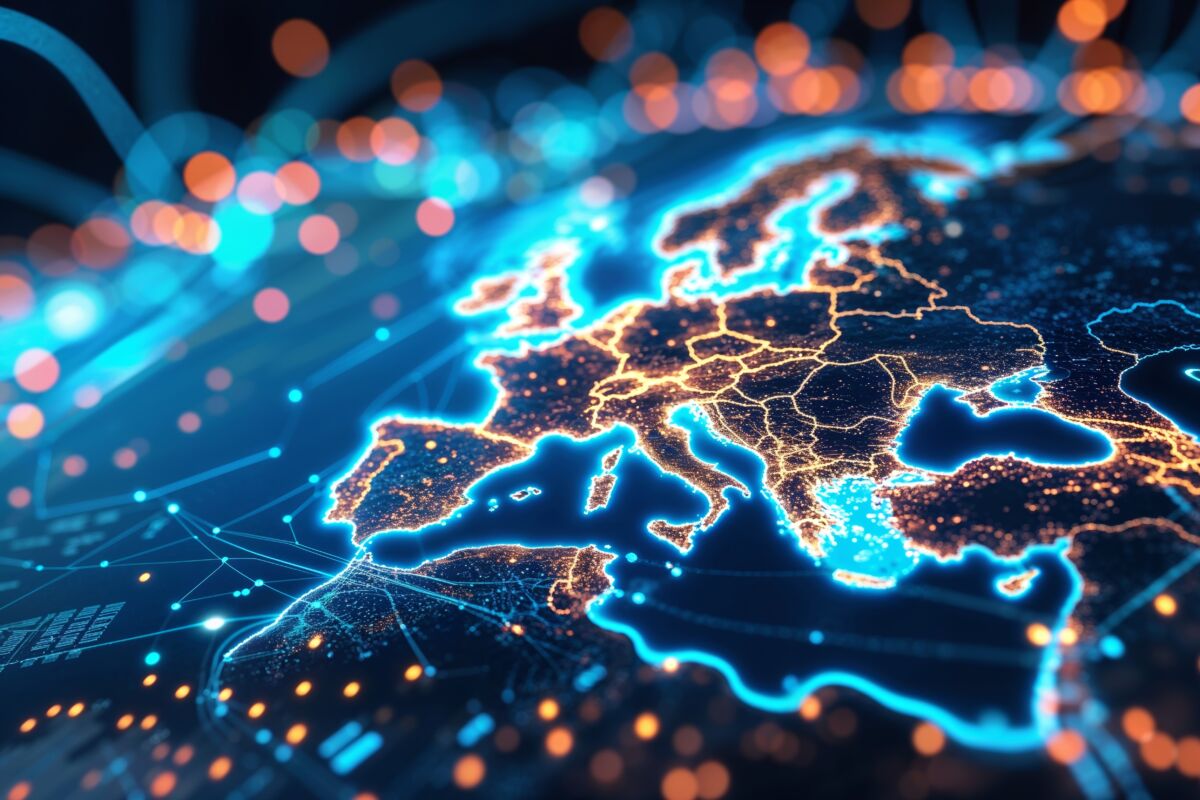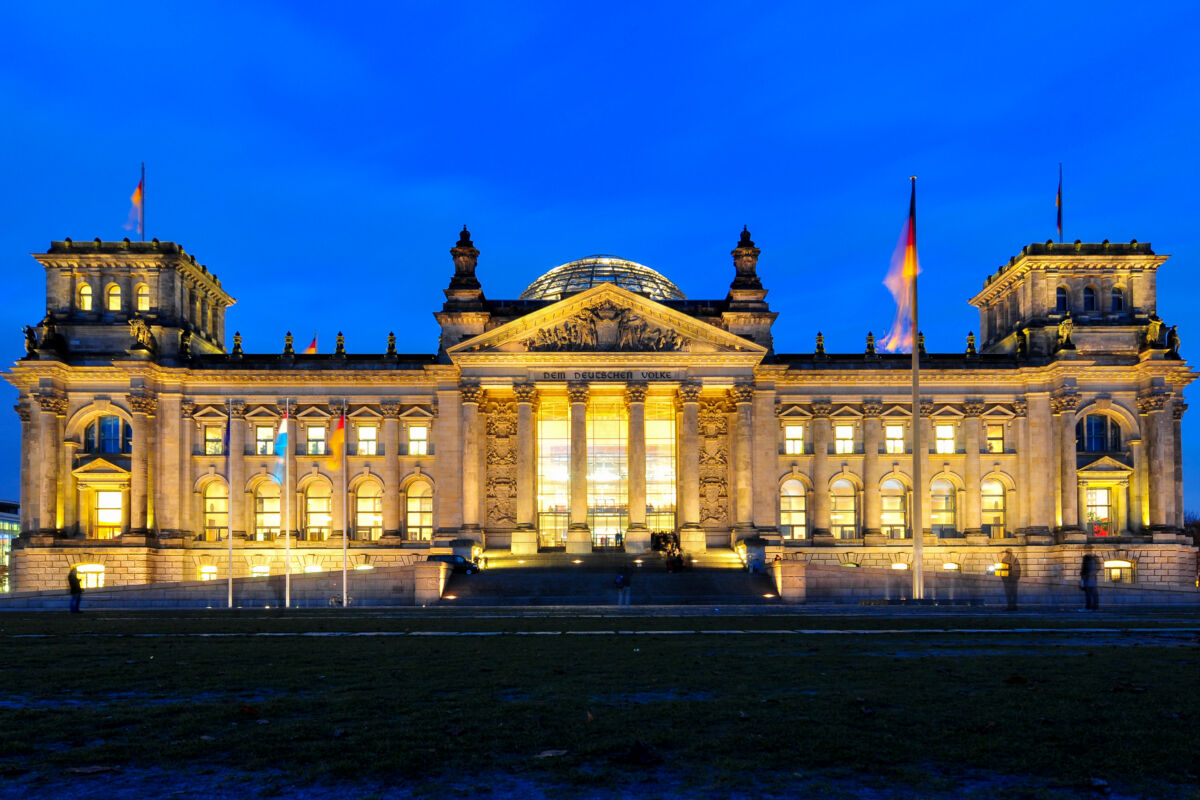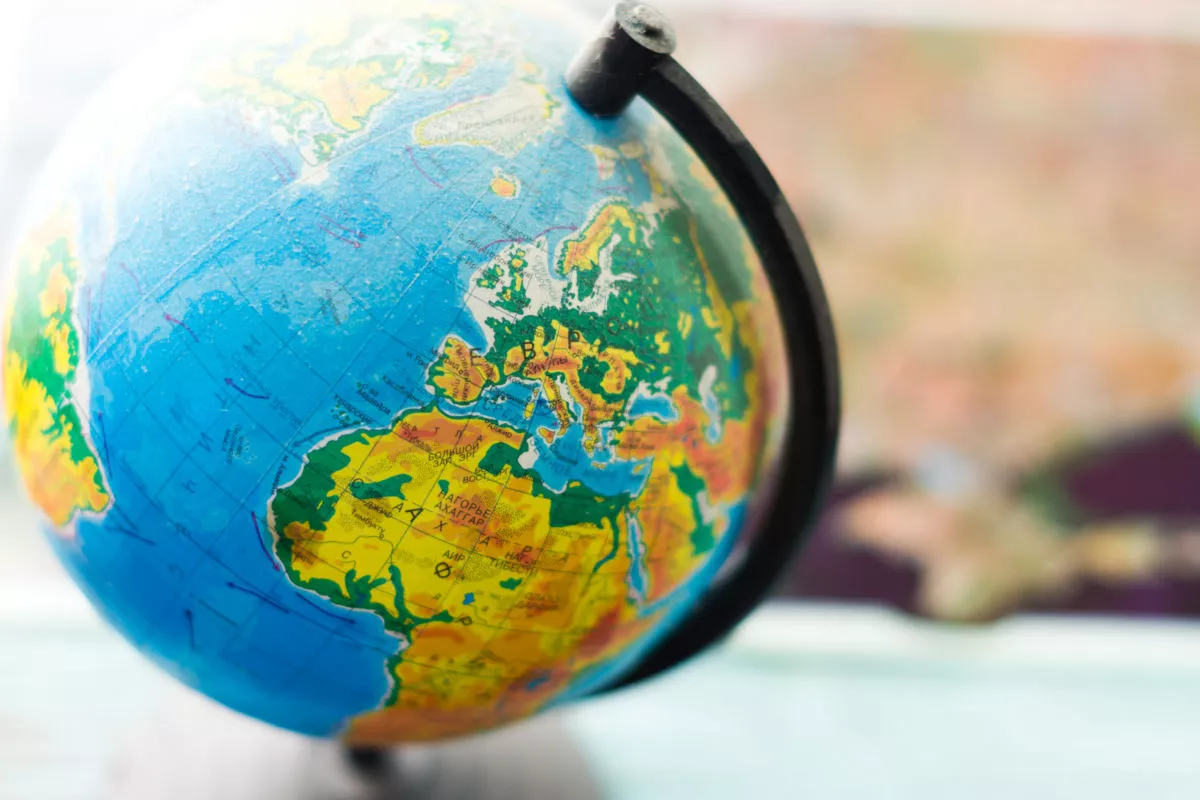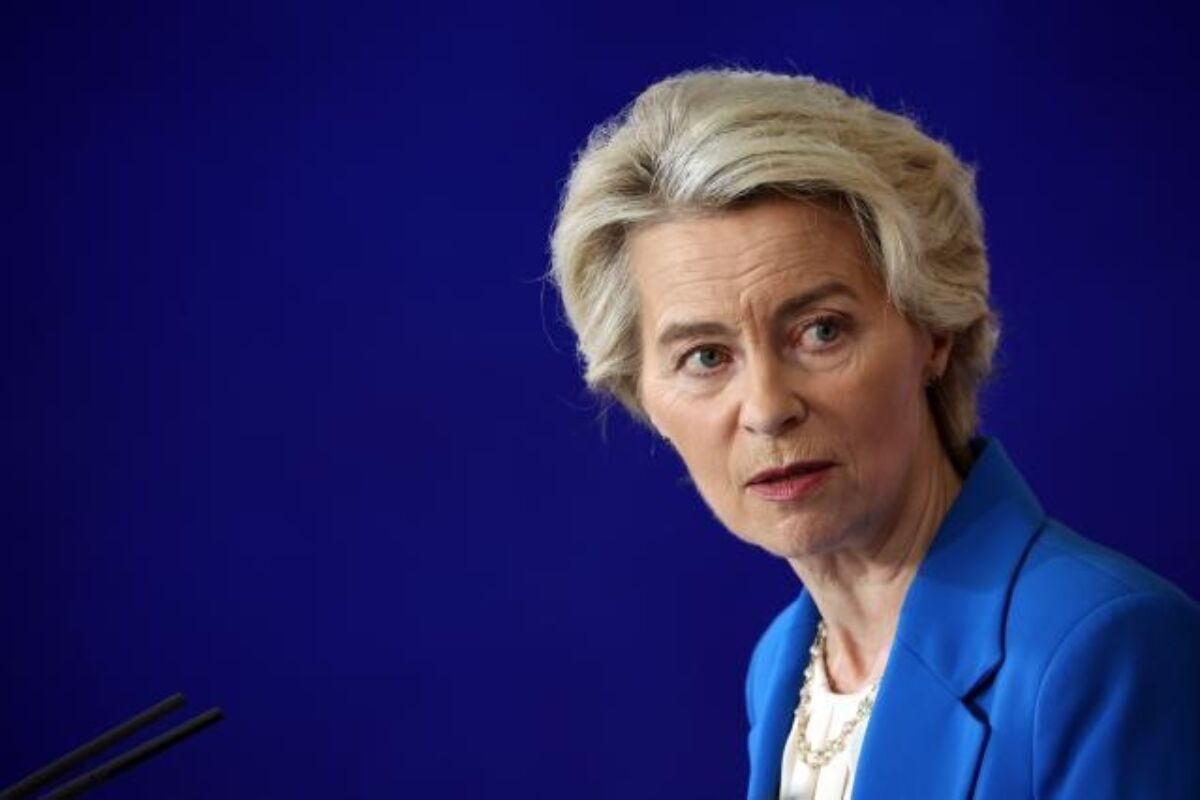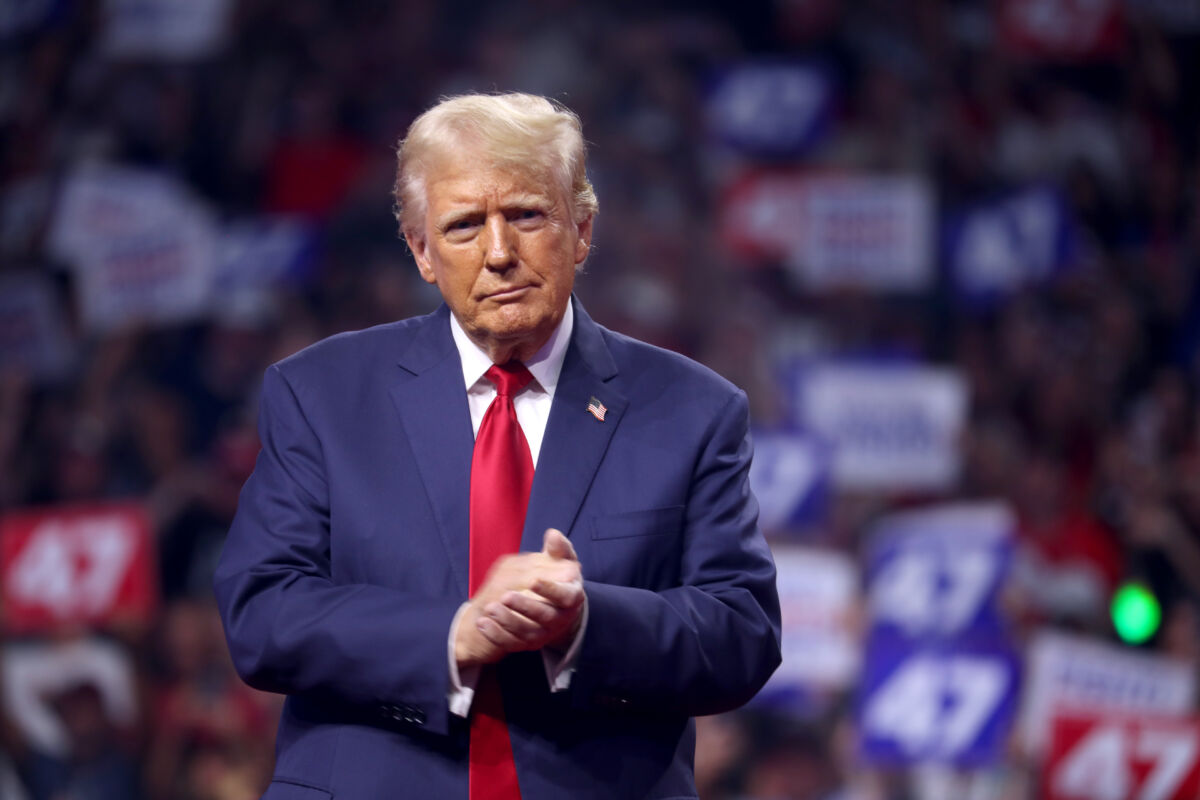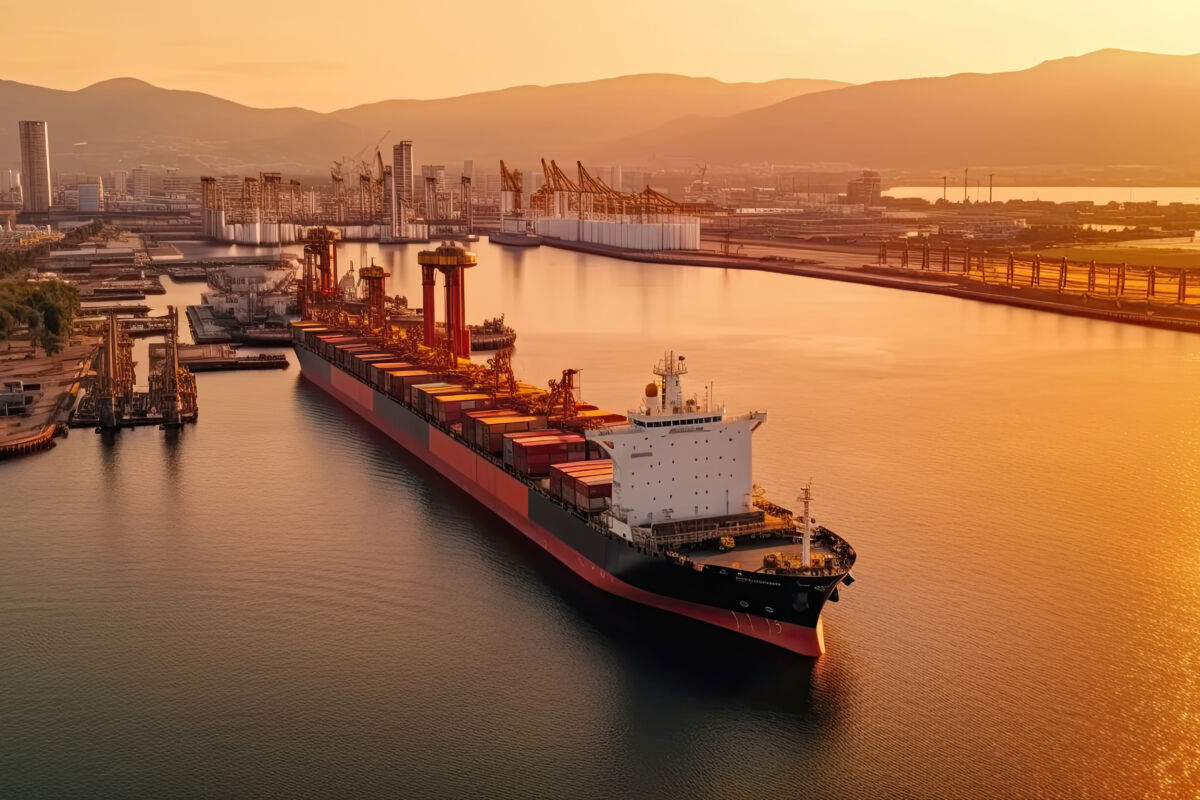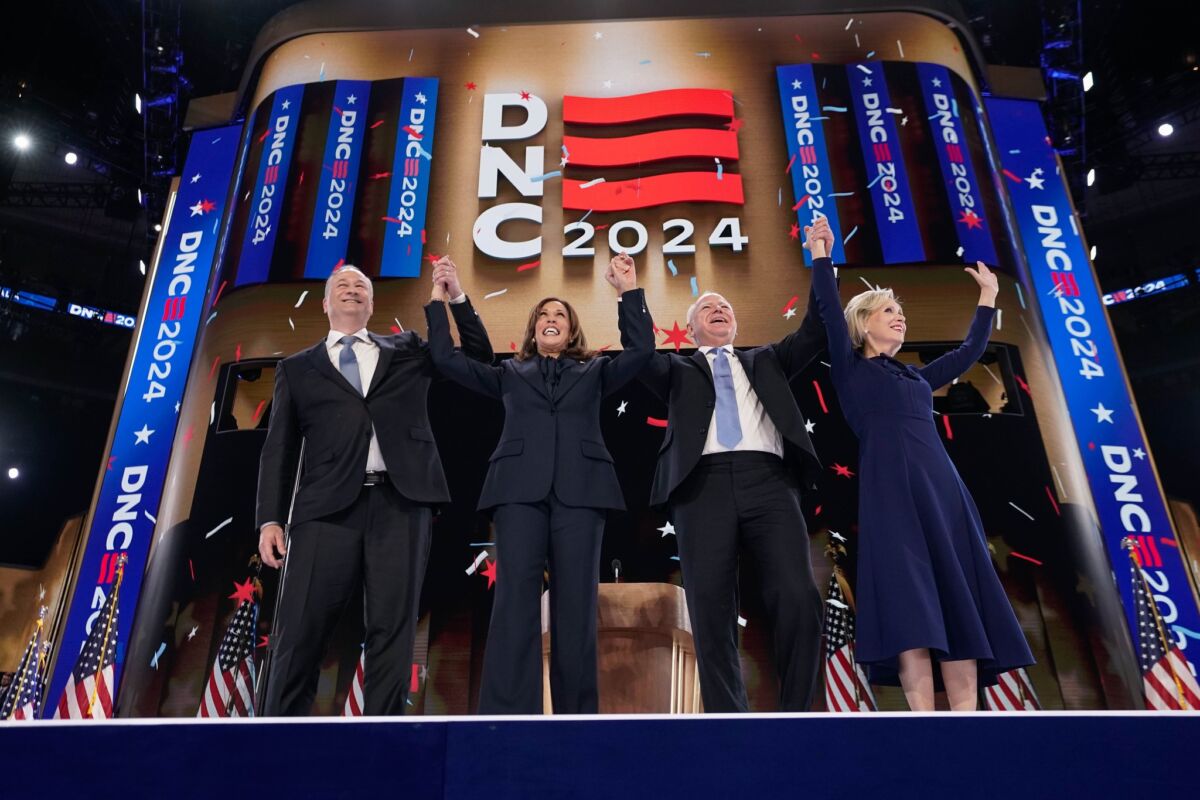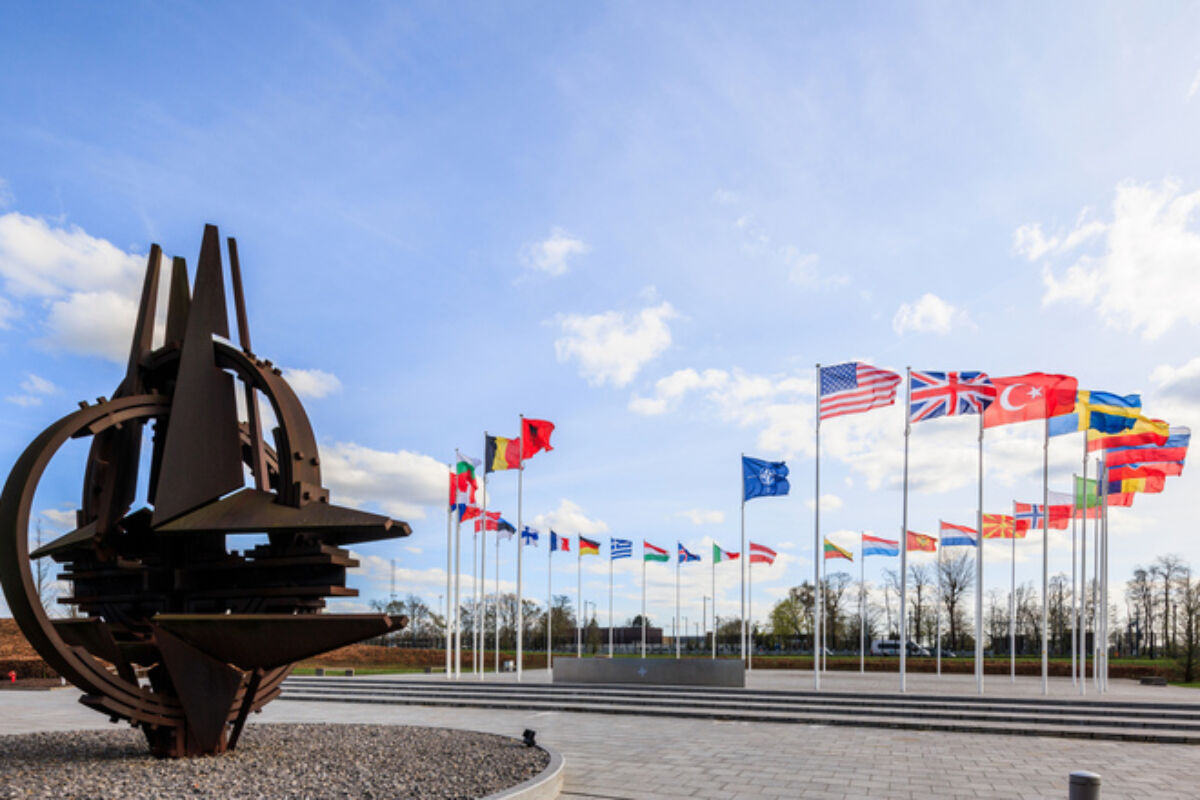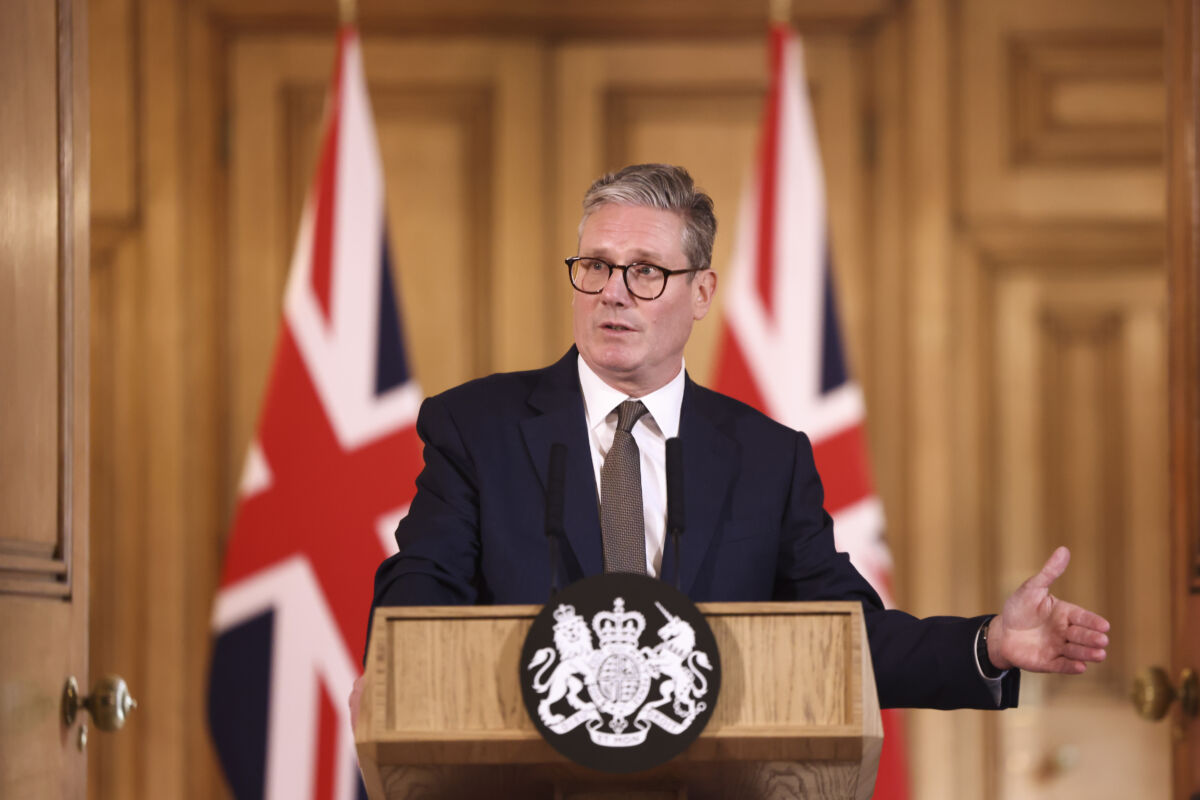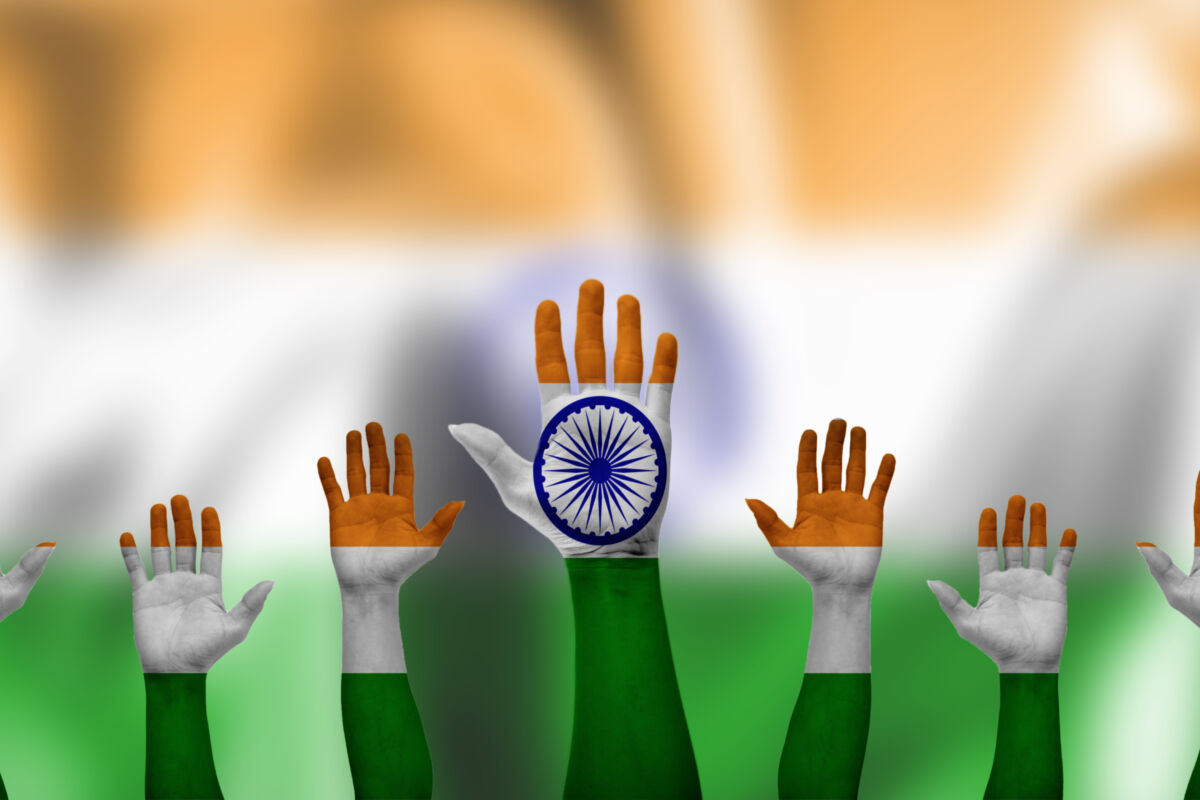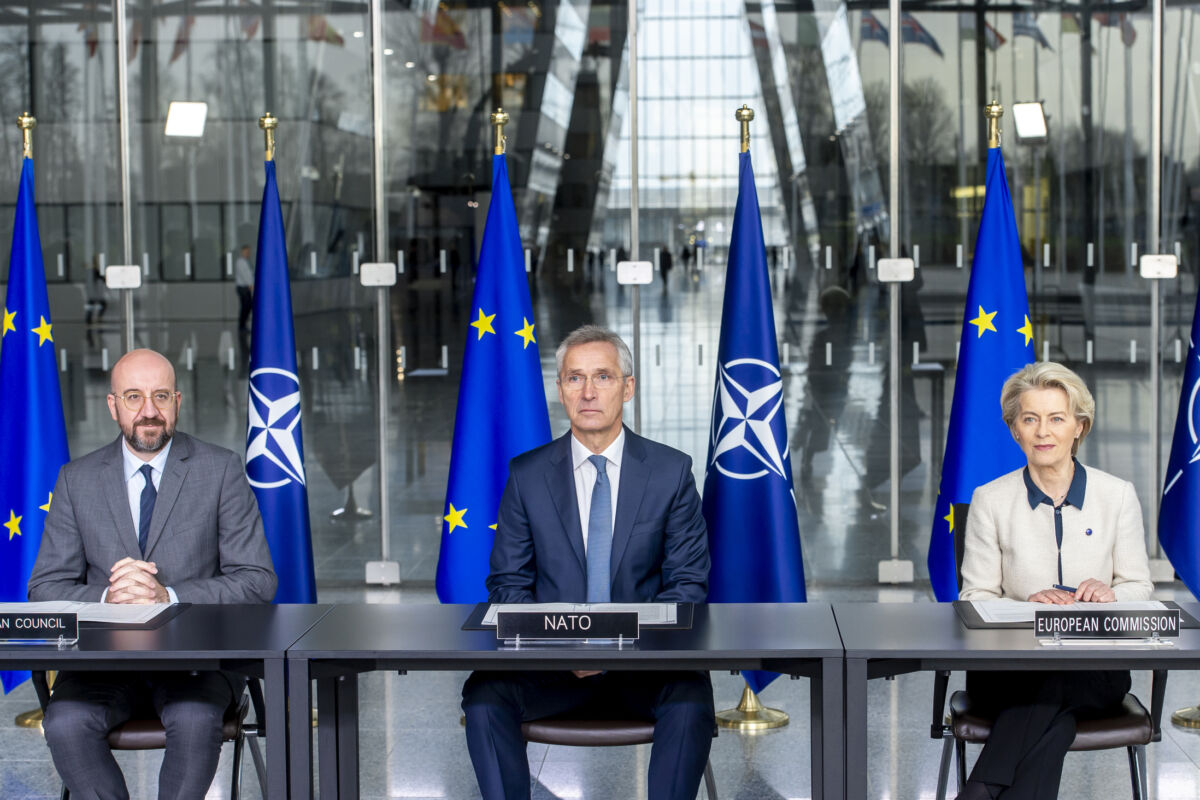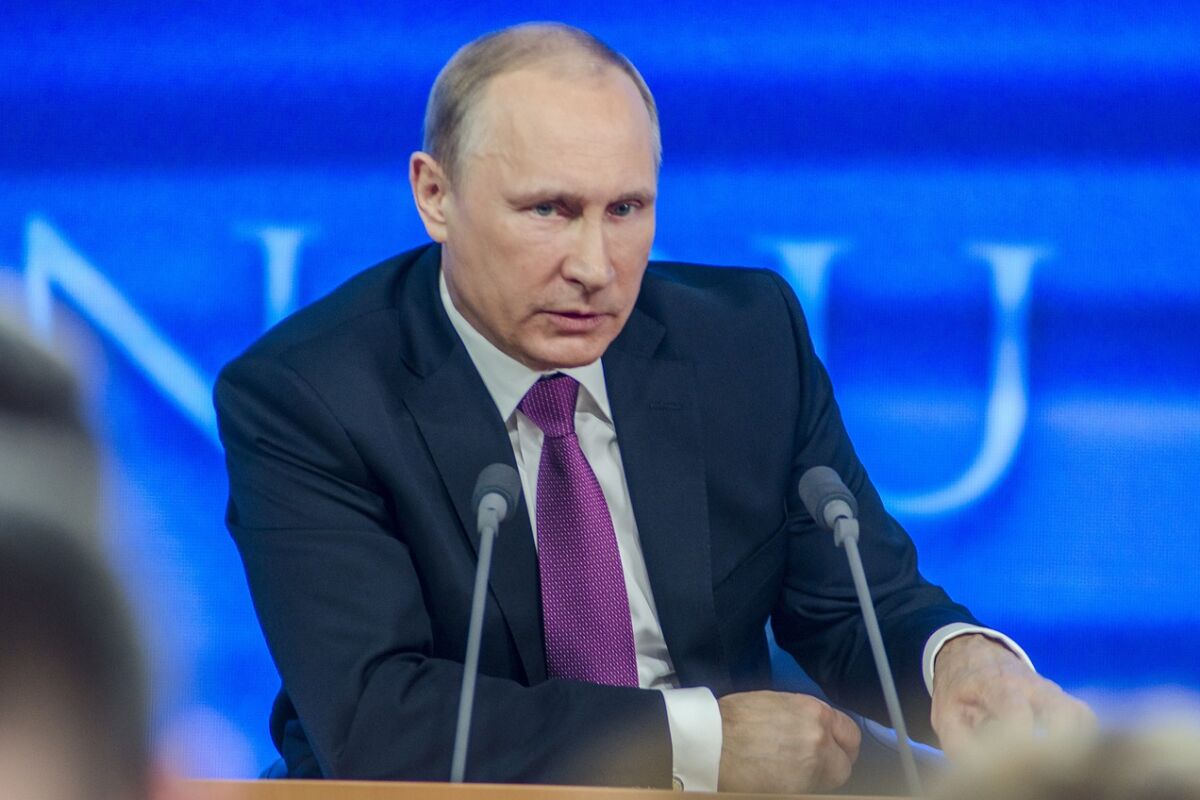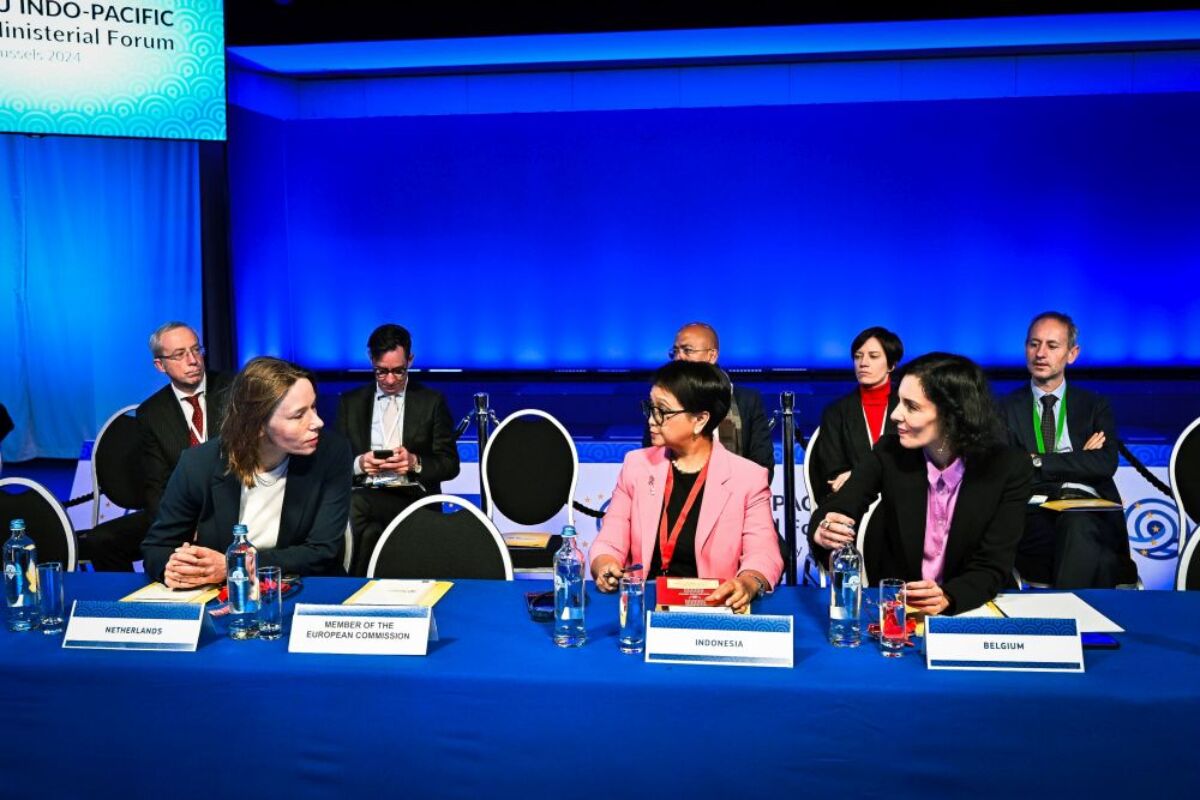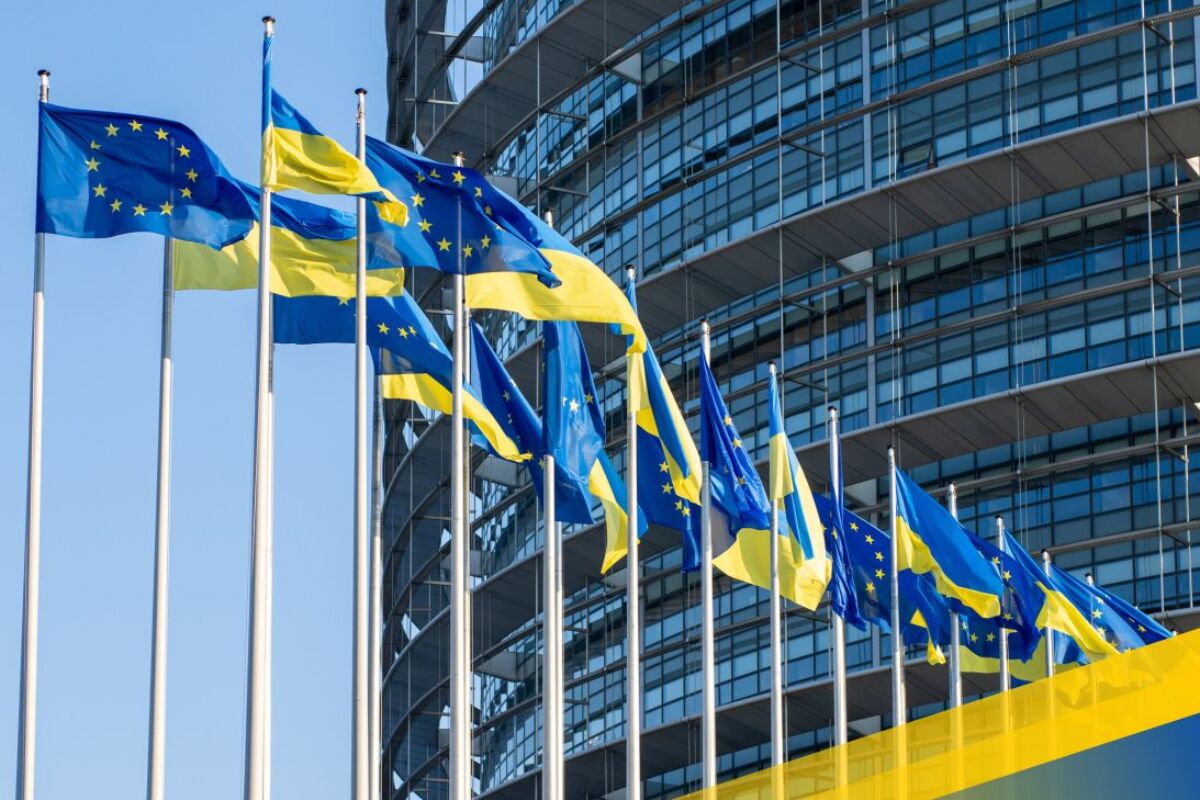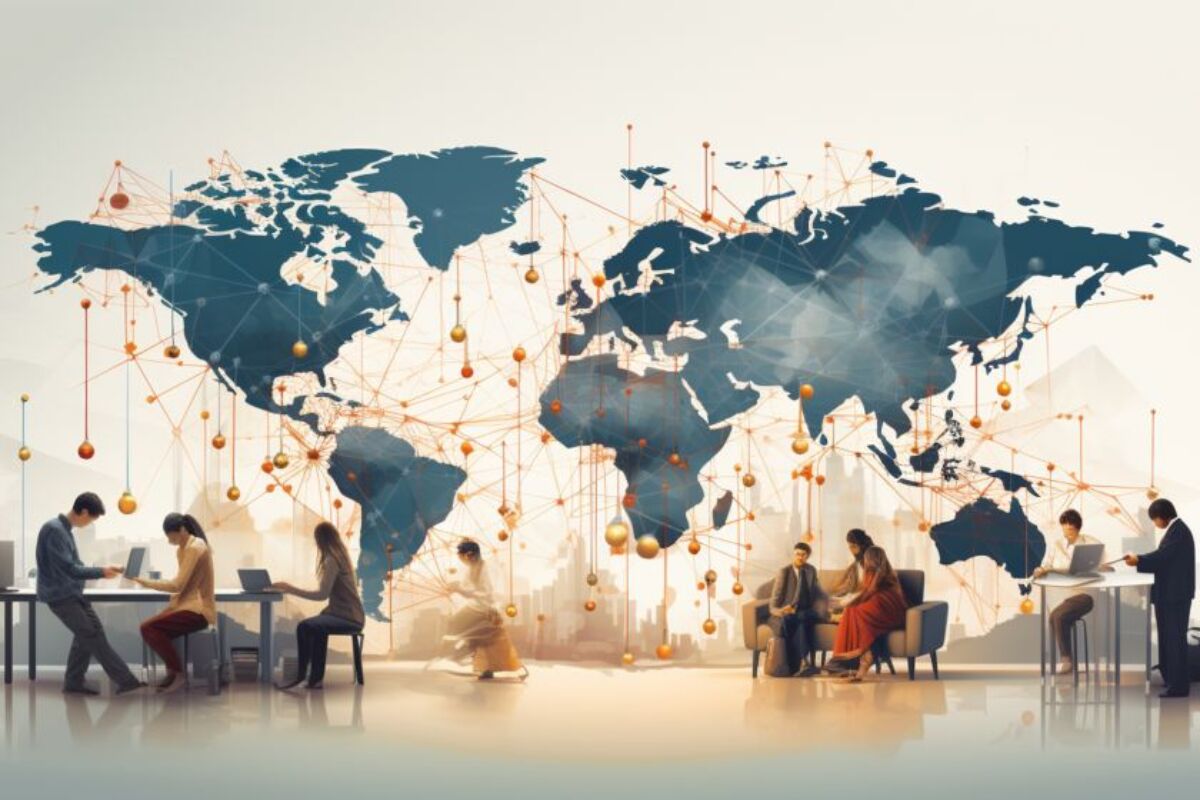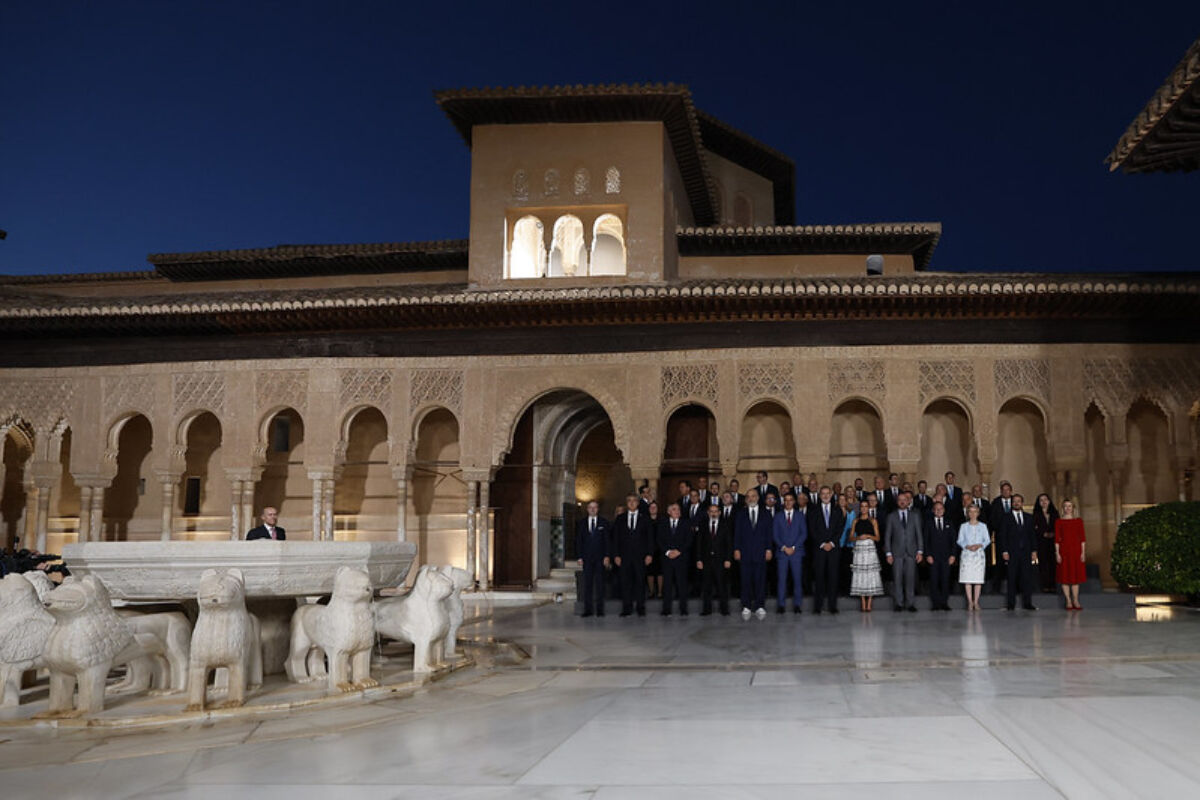The second Trump administration has intensified the global reshuffling of geoeconomic alliances following China’s phenomenal industrial growth and its near domination of new technology markets. While it increasingly feels like a new superpower tussle, middle powers and developing countries can still choose from multiple alignments and derisking strategies better aligned with their specific development and security goals.
With the Competitiveness Compass, the EU has recognised that it’s lagging in global competitiveness, meaning that it plans to shift from a development-focused role to ‘open strategic autonomy’, namely prioritising its own re-industrialisation.
Enter the Global Gateway, increasingly the subject of intense debate in Brussels. That’s why the second Global Gateway Forum planned for mid-October 2025 will be fundamental in defining its future trajectory.
New era, new challenges
The Global Gateway is Europe’s response – or rebuke – to China’s Belt and Road Initiative (BRI). It began in 2021 and launched its first round of flagship projects in Africa and Latin America in 2023. Its distinctive feature is its commitment to the UN Sustainable Development Goals (SDG).
Yet competing with the BRI while striving to uphold the SDGs is already a delicate balance. The EU’s internal divisions, also with its Member States, and pressure from traditional allies in the ‘Global South’ make things even more complex.
The Global Gateway faces challenges from multiple directions. Within the EU, various voices pull in opposite directions. Prioritising development requires upholding the SDGs in investment choices and emphasising the green transition, technology and know-how transfer, as well as socioeconomic targets such as job creation in partner countries. Partner countries also need to be like-minded in their political values.
Prioritising strategic autonomy, however, requires assessing what’s needed to upgrade Europe’s industries and their place in global value chains. That’s why it’s inaccurate to say that the Global Gateway is what the BRI isn’t, as is often perceived by partner countries. Today, it officially emphasises development as a priority… yet the flagship projects fall short of meeting expectations as they’ve been designed to serve strategic autonomy.
Explaining the Global Gateway to Europe
The inherent tensions between development and strategic autonomy negatively impacts Member States’ attitudes to the Global Gateway because the initiative’s internal contradictions are viewed as undermining national interests. And then the lack of commitment to Global Gateway goals leads to a lack of a unified voice and resources in partner countries.
CEPS’ recently published Task Force report on the Global Gateway highlights that European Delegations simply don’t have the resources to identify potential investment opportunities or local partners, made worse by a lack of regular and structured communication with Member State Missions in partner countries.
‘Team Europe’, a term that implies the EU, Member States and the European financial institutions working together, falls short of generating trust in the Global Gateway. A whole-of-government approach was first advised to supplement a whole-of-EU approach to maximise Team Europe’s effectiveness – we now need to enlist ‘Team National’, namely the commitment of large European businesses to engage in joint ventures with partner countries on flagship projects that advance both competitiveness and development through infrastructure investment.
As of now, many private investments have been identified as Global Gateway flagship projects but the Global Gateway itself doesn’t have a clear roadmap for how to involve the private sector in SDG-aligned projects that also contribute to supply chain security.
In comparison, China’s BRI works by steering private sector commitment with targeted industrial policies and financing local development banks with risk aversion in mind.
Explaining the Global Gateway to partners
The lack of a clear roadmap to implement its dual objectives, as well as a dedicated formal institution or platform to coordinate, renders the Global Gateway a tool of European self-interest in the target countries, Africa in particular, given the colonial legacy. Europe’s traditional allies in Asia feel left out altogether.
The ‘Global South’ countries simply don’t want to choose sides in a looming US-China economic conflict. And they don’t need to anymore due to the multitude of initiatives courting them for raw materials, side industries and consumer markets.
Again, Africa is a good case study, with both traditional and emerging powers competing for influence there. The ongoing digital revolution places the continent’s critical raw materials – and the corridors that integrate them into global value chains – at the centre of global strategic competition.
Regarding market competition, China’s overcapacity will shift from Europe to Africa after European tariffs. While the competition seems to be between China and Europe (or the West), African countries recognise many other influential actors on the continent, including Turkey, the Gulf countries, Russia and India.
The Global Gateway in Europe’s future
Europe typically distinguishes itself from China and other competitors through its commitment to European values. However, this is less clearcut today as China now has its own value-laden initiatives, such as the Global Development Initiative. Besides, the Global Gateway and the BRI are both criticised by partner countries in that they mainly work with central governments at the expense of local authorities, civil society and local communities.
Facing new competition in its traditional values-based comfort zone, Europe needs to redefine what exactly development means. Development assistance is not inherently connected to achieving strategic autonomy – but helping partners climb up in the value chains is.
Organising projects that bring the partners up value chains through skills and technology transfer will distinguish the Global Gateway from its counterparts and create synergies with less like-minded partners by building trust within local communities. This would solve the tension between development objectives and Global Gateway projects’ emphasis on strategic autonomy. Focusing on supply chain resilience will also act as a derisking tool for Europe’s private sector and facilitate political buy-in for Member State governments.
Yet regardless of all the challenges discussed above, the Global Gateway can still make a positive contribution towards addressing the EU’s current concerns, ranging from competitiveness to supply chain security. It could also form the external dimension of recent frameworks pushing for open strategic autonomy, such as the Green Industrial Deal and the International Digital Strategy
The task ahead is to really listen to local stakeholders – both at home and in partner countries – to build in-depth knowledge about competitors and to identify a new set of flagship projects, including those tailored to support strategic autonomy.
To read the full CEPS Task Force report that this Expert Commentary is based on, please click here.



